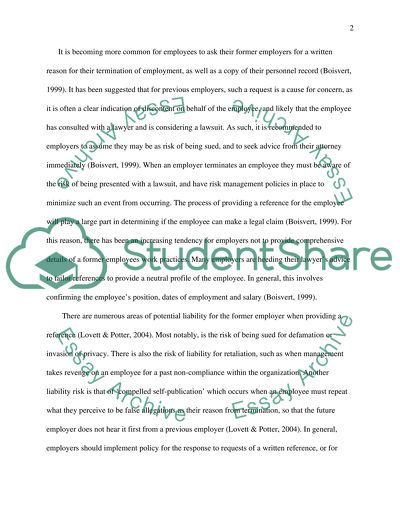Cite this document
(“Employee Privacy Rights in the Workplace Term Paper”, n.d.)
Employee Privacy Rights in the Workplace Term Paper. Retrieved from https://studentshare.org/law/1531033-employee-privacy-rights-in-the-workplace-essay
Employee Privacy Rights in the Workplace Term Paper. Retrieved from https://studentshare.org/law/1531033-employee-privacy-rights-in-the-workplace-essay
(Employee Privacy Rights in the Workplace Term Paper)
Employee Privacy Rights in the Workplace Term Paper. https://studentshare.org/law/1531033-employee-privacy-rights-in-the-workplace-essay.
Employee Privacy Rights in the Workplace Term Paper. https://studentshare.org/law/1531033-employee-privacy-rights-in-the-workplace-essay.
“Employee Privacy Rights in the Workplace Term Paper”, n.d. https://studentshare.org/law/1531033-employee-privacy-rights-in-the-workplace-essay.


